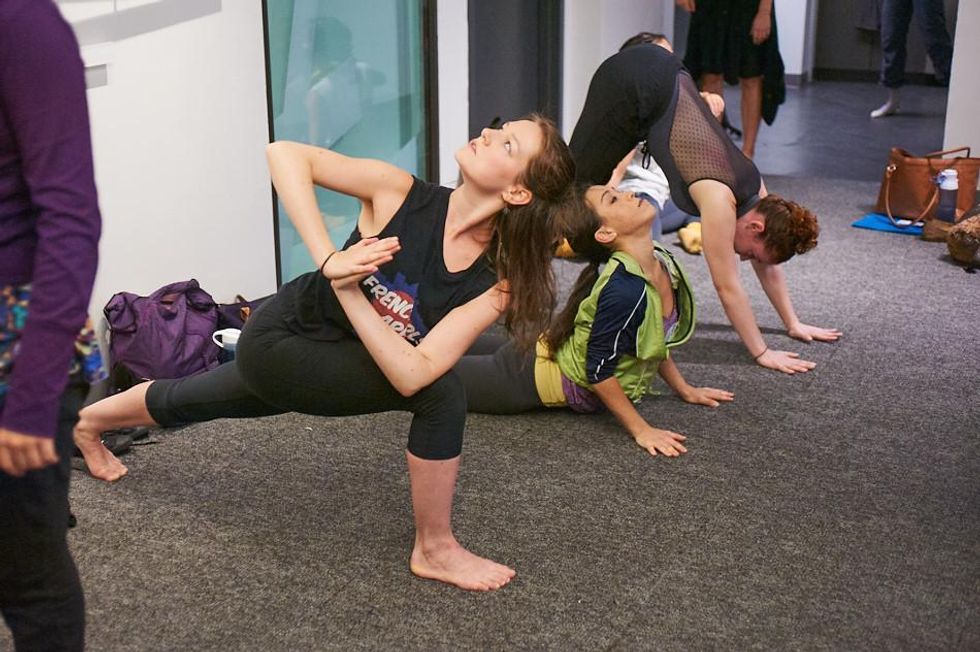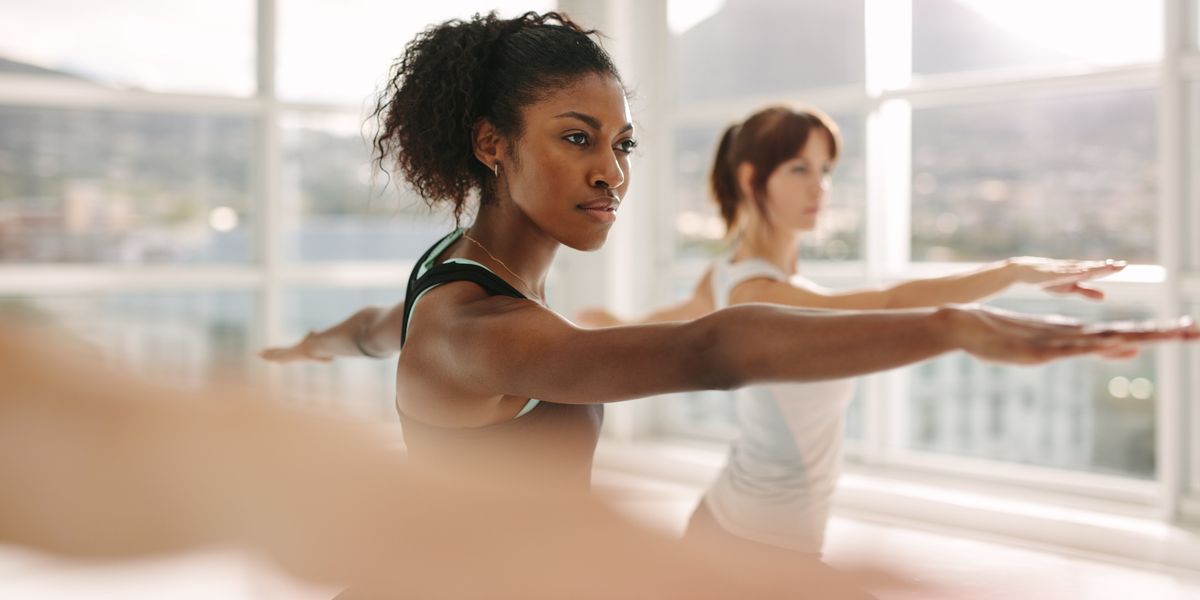What Actually Happens To Your Body When You Stop Dancing
It’s the end of a long season: Your body is exhausted, you’re emotionally drained from back-to-back performances and you’re feeling ready for some serious time on the couch.
But as soon as you start to relax, the doubts creep in. What will happen to my physique if I’m not in class? Will I lose muscle, flexibility or stamina if I’m not dancing?

Dancers crave rest—until it happens. Photo by Joanna Nix/Unsplash
“The word ‘rest’ to a dancer can bring up some anxiety,” says Julie O’Connell, a physical therapist at Athletico in Chicago. “But rest is just as important for the body as activation.”
Sports medicine experts agree that taking a true break is crucial for maintaining peak physical health. Your end-of-season leave has a purpose—and a true understanding of what’s happening to your body and mind can help you reap the full rewards of your recovery time.
Micro Damage Needs Rest To Heal

The body goes into repair mode during rest. Photo by Simon Migaj/Unsplash
For starters, dancers often assume that their bodies are sculpted during class, but muscles actually build strength when you rest after your workout. During exercise, your heart rate goes up, muscle fibers break down and adrenal glands secrete stress hormones. This signals the body to go into repair mode, healing micro tears in the muscles once things have calmed down.
Often, dancers don’t give their bodies enough time to fully recover—especially in the peak days of a busy season when movement is strenuous and repetitive—so over time, fatigue may set in, which can lead to inflammation, muscle damage and difficulty with performance.
“Time away from the movement you’re used to allows muscles to build back up in a healthy manner,” says Selina Shah, MD, who works with dancers at Saint Francis Memorial Hospital’s Center for Sports Medicine in Walnut Creek, California. “It allows the muscles, tendons and ligaments that are stressed a chance to recover from any micro damage that could turn into something worse.”
The Brain Benefits, Too

Taking a break from the mental stress of dance can ward off burnout. Photo by Michelle Spencer/Unsplash
Since dance is also difficult mental work, the brain benefits from downtime as well. Exercise increases blood flow to the brain, which helps you stay mentally sharp and calm under pressure. But constant mental stress takes a toll.
“Research suggests that the mental burnout dancers can experience when practicing day in and day out is not helpful for maintaining their passion,” says Jatin P. Ambegaonkar, PhD, associate professor in the Athletic Training Education Program at George Mason University. “That’s why sports medicine suggests that athletes cross-train with another activity once a week, and they have ‘off-seasons’ throughout the year.”
How Long Can You Go Without Losing Technique?
 After 14 days, switch your approach to active recovery. Photo by Jim Lafferty
After 14 days, switch your approach to active recovery. Photo by Jim Lafferty
Of course, completely terminating any physical activity will eventually lead to negative effects on your technique—but most professional dancers can go up to two weeks without seeing any downsides.
“Even a hard stop for up to 14 days is fine,” says Ambegaonkar. “But after that, problems due to inactivity—a decrease in stamina or technical ability—start to set in, so you’ll want to eventually change your mind-set to active recovery, building a foundation for when you come back.”




